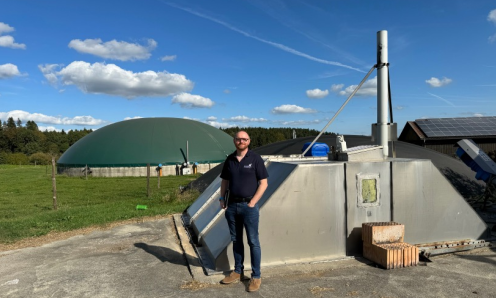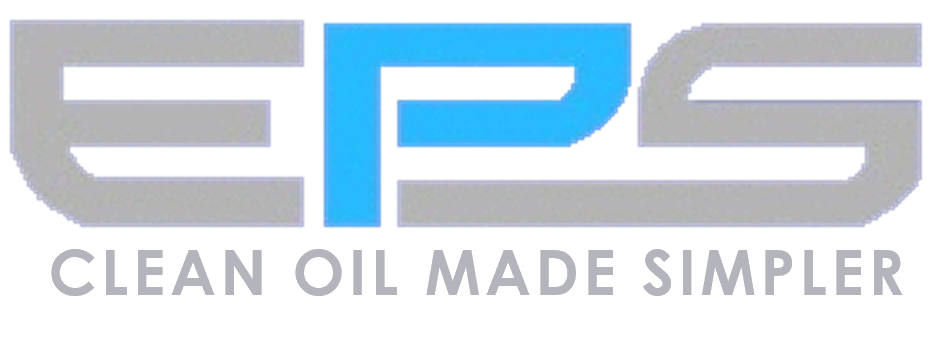Schempp, a leading biogas producer managing a 140-hectare farm in Europe, has significantly improved the operational efficiency of its biogas plant through the adoption of cutting-edge Tan Delta oil condition sensor technology. This case study explores how Tan Delta’s sensor seamlessly integrated into the gas engines, enabling real-time oil monitoring and shifting the plant’s maintenance strategy to a condition-based oil change schedule. The results have been transformative, with substantial cost savings, reduced downtime, enhanced overall productivity, and additional unexpected benefits.

Organisational Overview
Industry: Agriculture/Energy
Size: Medium-scale farm (140 hectares)
Key Operations: Crop cultivation (corn, sugar beet, grain), livestock farming, whole crop silage, biogas plant with two gas engines.
Objective
The primary objective for Schempp was to transition from a time-based to a condition-based oil change schedule. This change aimed to reduce the frequency of oil changes while ensuring optimal engine health and performance.

Implementation of Tan Delta Oil Condition Sensor Technology
Schempp integrated Tan Delta sensor technology to enable real-time monitoring of engine oil condition. This technological upgrade empowered the team to extend oil change intervals from the original equipment manufacturer (OEM) recommended 400 hours to an initial 800 hours, with a targeted extension to 1,000 hours. Rigorous parallel lab sampling after each oil change validated the accuracy and reliability of the Tan Delta sensor.

Integration and Monitoring
The seamless integration of the Tan Delta sensor into the gas engines marked the start of a systematic approach to gradually extend oil change intervals. Continuous real-time condition monitoring ensured the reliability of the engines, and the success of this implementation hinged on the adaptability and user-friendly nature of Tan Delta’s sensor technology.
Financial and Operational Impact
The adoption of Tan Delta sensor technology yielded substantial annual cost savings of 2,772 EUR per engine. This achievement was primarily due to fewer oil changes and optimised oil usage, demonstrating the tangible financial benefits of Tan Delta’s innovative solution.

Validation and Insights of Oil Condition Sensor
To test the credibility of the Tan Delta sensor and its projected performance, Schempp conducted parallel independent lab testing after each oil change. This rigorous validation process underscored the effectiveness, accuracy, and reliability of Tan Delta’s technology. Moreover, the sensor revealed that the OEM-recommended oil change interval was overly frequent and provided insights into issues with the feed mixture, which ultimately affects the consistency of biogas output. This real-time monitoring provided Schempp with a valuable two-day lead time for corrective action on the feed mix, showcasing the multifaceted benefits of Tan Delta’s sensor technology.
Conclusion
The implementation of Tan Delta sensor technology has proven to be a resounding success for Schempp. This groundbreaking approach facilitated a seamless transition to a condition-based oil change schedule, resulting in substantial cost savings, reduced operational disruptions, and overall enhancement in efficiency. The unexpected bonus was the business insight into problems with the feed mix. Schempp plans to continue leveraging Tan Delta sensor technology for ongoing business improvement. Future benefits include further extending oil change intervals and exploring additional operational insights for optimising biogas production. Schempp’s commitment to regular updates and refinements in its condition-based maintenance strategy reflects its dedication to continuous improvement and staying at the forefront of agricultural innovation.
In conclusion, Schempp’s successful integration of Tan Delta sensor technology illustrates a powerful example of how advanced monitoring solutions can drive efficiency, cost savings, and operational insights, propelling agricultural operations into a new era of innovation and sustainability.

